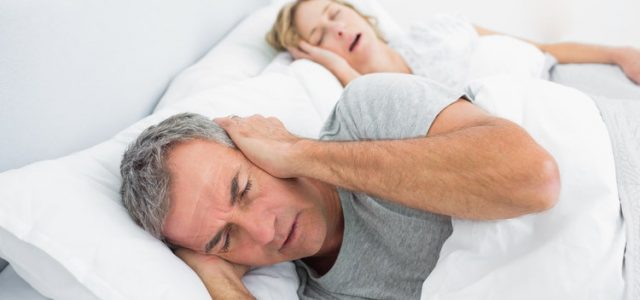Snoring & Sleep Apnoea
What is snoring?
Sleep related breathing disorders demonstrate, to varying degrees, the collapsibility of the airway. With simple snoring, there is no full obstruction of the airway – the noise is simply the vibrations of soft tissue. Whilst this often has little impact on the snorer, some do wake feeling unrefreshed, suffer headaches and a tenderness in the upper airway. More often, it is those within close proximity that are profoundly affected.
Daytime sleepiness
Excessive daytime sleepiness (EDS) can result from insufficient oxygen entering the body and poor quality sleep caused by multiple wakings. Effects of EDS include an inability to concentrate, poor memory, reduction in performance and, in extreme cases, can lead to the sufferer falling asleep unexpectedly. Severe sleepiness has even been found to increase the chances of having an accident whilst driving by seven times.
Obstructive sleep apnoea
EDS can be a result of obstructive sleep apnoea, a more severe collapsing of the airway in which it is obstructed for multiple periods of time during sleep. Both in the form of a total pause or a significant shallowing of breath, oxygen levels dip and can result in a multitude of symptoms: extreme tiredness, abnormal movements whilst sleeping, and headaches to name a few.
Proven solutions
There are a number of solutions for both snoring and sleep apnoea. Mandibular Advancement Splints (MAS) are commonly used for both, gently holding the lower jaw forward to keep the airway open.
For severe sleep apnoea (typically tested in a sleep clinic, but can also be done in your own home), Continuous Positive Airway Pressure (CPAP) is recommended and offers the highest clinical success. For those that cannot get on with CPAP and for moderate sufferers, (less than 30 interruptions an hour), a splint is the most common treatment of choice – highly effective, less expensive and more patient friendly.
Customised for each patient, there are a number of splints of the market. Now made in the UK (Sheffield) using a unique manufacturing process, Sleepwell has been shown to be the most clinically successful.

Who can have a Sleepwell device ?
A Sleepwell device can be made for pretty much anyone. You just need to have 2 or more stable teeth on each arch of the mouth. You will need to be dentally fit.
See Nicola or Danielle for a consultation and to take a set of impressions then a couple of weeks later we will have the device back from the laboratory ready to show you how to use at home. We will review your progress 3 months later.
